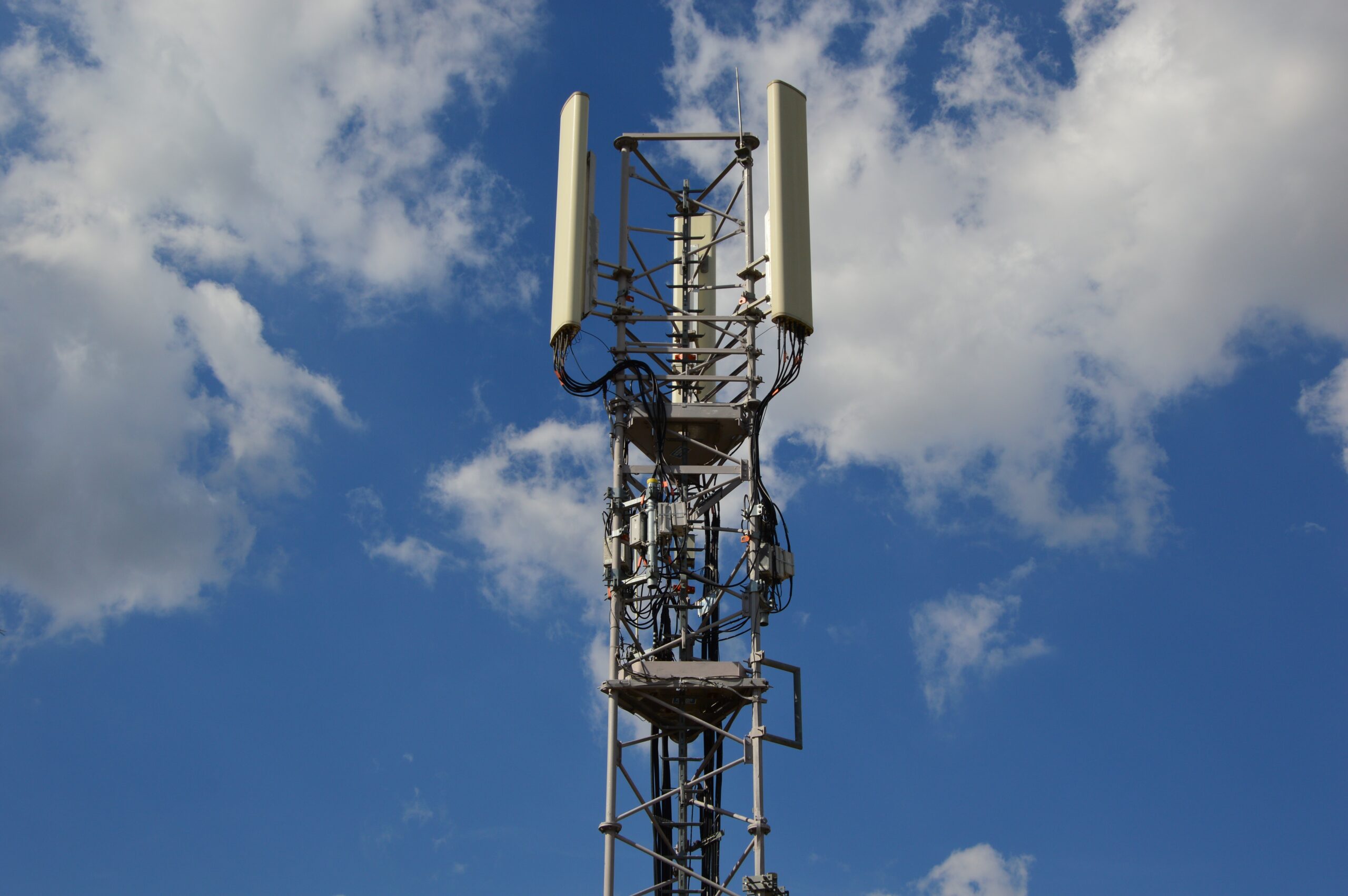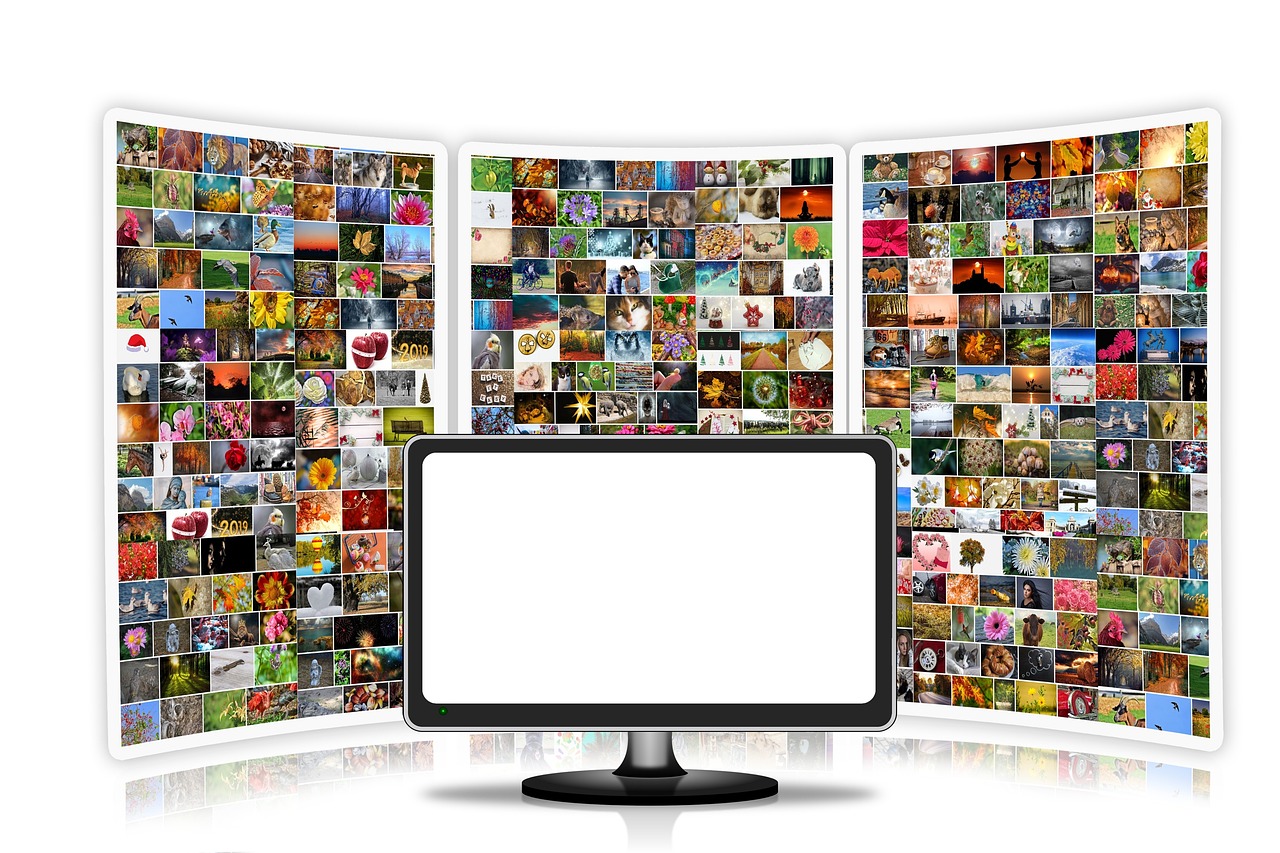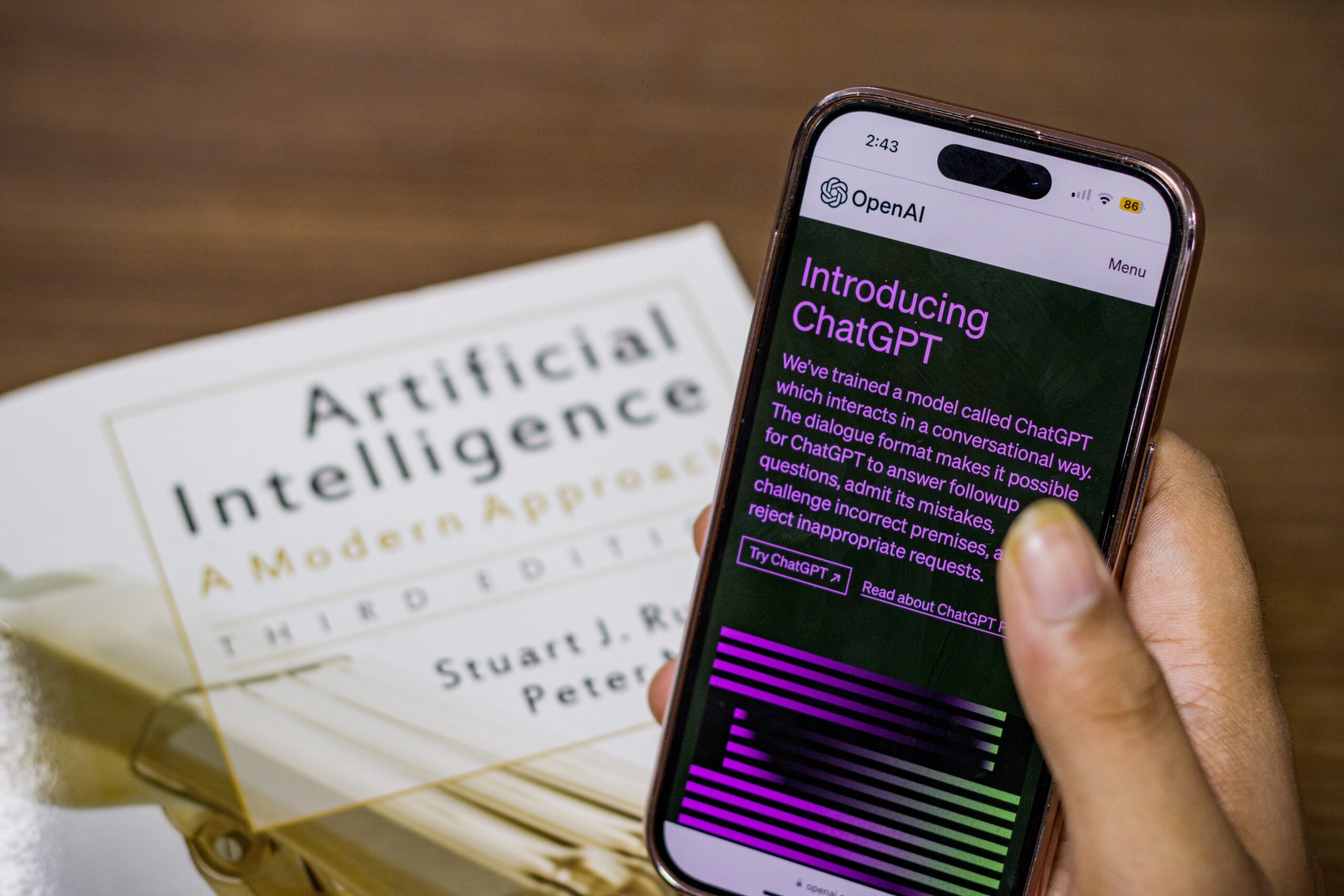
In today’s rapidly evolving technological landscape, the interplay between 5G technology, the Internet of Things (IoT), and the development of smart cities has become a critical catalyst for innovation and progress. As the world becomes increasingly connected, the integration of 5G networks with IoT infrastructure is enabling a profound transformation across various sectors.
According to recent research statistics, the global 5G market is projected to reach a staggering $668.6 billion by 2026, with IoT applications being a significant driver of this growth.
This blog will delve into the impact of 5G technology on IoT and its pivotal role in shaping the smart cities of the future.
5G Technology: Revolutionizing Connectivity
5G, or fifth-generation technology, is more than just an upgrade to its predecessors; it is a paradigm shift in the world of telecommunications. It boasts unparalleled speed, ultra-low latency, and the capacity to connect a massive number of devices simultaneously. With data transfer speeds up to 100 times faster than 4G, 5G is a game-changer. This high-speed, low-latency connectivity lays the foundation for the proliferation of IoT devices in both urban and rural areas.
The Internet of Things: A Network of Possibilities
The IoT, in simple terms, refers to a network of interconnected devices that communicate with each other and the cloud to collect and exchange data. These devices can range from smart thermostats and wearable fitness trackers to industrial sensors and autonomous vehicles. IoT’s potential is vast, spanning across numerous sectors, including healthcare, agriculture, manufacturing, transportation, and more.
IoT devices rely heavily on the quality and speed of the network they are connected to. This is where 5G technology enters the stage as a catalyst for unlocking the full potential of IoT. With lower latency and faster data transfer rates, 5G makes IoT devices more responsive, efficient, and versatile.
The Synergy between 5G and IoT
The synergy between 5G and IoT is creating a revolutionary ecosystem of interconnected devices and applications. Here are some key ways in which 5G technology impacts IoT:
Enhanced Connectivity: 5G ensures robust and reliable connections for IoT devices, even in densely populated areas. This is essential for applications like autonomous vehicles and remote medical monitoring.
Lower Latency: The ultra-low latency of 5G allows for real-time communication between IoT devices, making applications like smart grids and autonomous drones more responsive and safer.
Increased Capacity: 5G’s ability to handle a massive number of devices simultaneously is crucial for the proliferation of IoT devices in smart cities.
Energy Efficiency: 5G networks are more energy-efficient than their predecessors, which is crucial for IoT devices that need to operate for extended periods on battery power.
Data Intensive Applications: IoT devices often generate a large volume of data. 5G’s high data transfer speeds ensure that this data can be transmitted and processed efficiently.
IoT in Smart Cities: Building a Sustainable Future
The concept of smart cities envisions urban areas that utilize technology to enhance the quality of life for their residents while reducing resource consumption and environmental impact. IoT is a fundamental building block for creating smart cities, and 5G acts as the backbone that makes these visions achievable.
Smart cities employ IoT devices and sensors to monitor and manage various aspects of urban life, including traffic, waste management, energy consumption, and public safety. 5G’s high bandwidth and low latency enable real-time data collection and analysis, facilitating efficient resource allocation and decision-making.
For instance, in the realm of transportation, IoT sensors integrated with 5G networks can provide real-time traffic data, optimizing traffic flow and reducing congestion. This not only saves time for commuters but also reduces emissions and fuel consumption, contributing to a greener and more sustainable urban environment.
Likewise, in healthcare, IoT-enabled devices and 5G technology can enable remote patient monitoring, telemedicine, and even the timely tracking of disease outbreaks. This can significantly improve healthcare accessibility and outcomes in densely populated urban areas.
Security and Privacy Concerns
While the integration of 5G and IoT offers tremendous potential, it also raises significant concerns about security and privacy. The sheer volume of data generated and transmitted by IoT devices in smart cities poses a tempting target for cybercriminals. Therefore, robust security measures and encryption protocols are essential to protect sensitive information.
Additionally, the potential for privacy infringements needs to be addressed through comprehensive data protection laws and regulations. Striking a balance between reaping the benefits of these technologies and safeguarding personal privacy remains a crucial challenge for policymakers.
Conclusion
In conclusion, the impact of 5G technology on IoT and its role in shaping smart cities cannot be overstated. The synergy between 5G and IoT is transforming urban areas into more efficient, sustainable, and interconnected hubs of innovation. As the global 5G market continues to expand, businesses and industries across the spectrum are harnessing the potential of this technology to drive growth, improve services, and build a better future for all.
At Coding Brains, our software development company, we understand the immense potential of 5G technology and its integration with IoT. We are committed to staying at the forefront of these developments, providing innovative solutions that empower businesses to thrive in the era of smart cities and interconnected devices. Our team of experts is dedicated to delivering cutting-edge software and IoT solutions to help organizations leverage the power of 5G technology for a brighter, more connected future.





